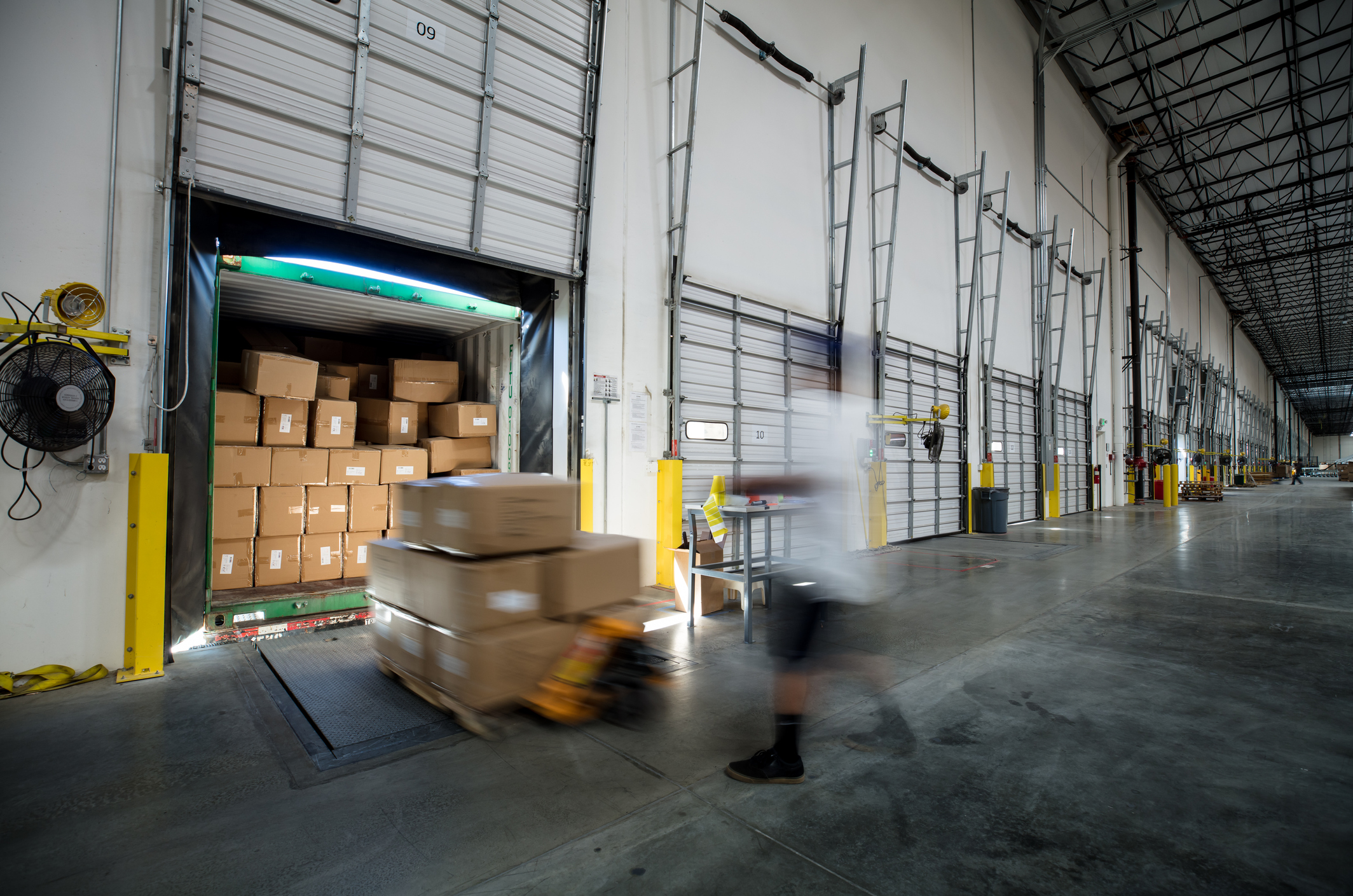In the realm of logistics and supply chain management, loading docks play a critical role in facilitating the smooth flow of goods in and out of warehouses and distribution centers. Efficient loading dock operations are essential for minimizing downtime, preventing accidents, and maximizing productivity. However, loading docks are subject to wear and tear due to constant usage, making regular maintenance imperative. Let’s dive into the best practices for loading dock maintenance to ensure safety, functionality, and enhanced operational efficiency.
Regular Inspection and Cleaning
The foundation of effective loading dock maintenance is conducting regular inspections and keeping the area clean. Dock managers should schedule routine inspections to identify potential issues, such as damaged dock levelers, loose bolts, or worn-out weather seals. These inspections should extend to the surrounding areas, including the loading dock approach, where damage to the pavement or markings can lead to accidents.
Frequent cleaning of the loading dock is equally important. Debris, oil spills, and other obstructions must be promptly removed to prevent slips and falls and ensure proper functioning of equipment.
Maintain Dock Levelers and Seals
Dock levelers are crucial for bridging the gap between the warehouse floor and the trailer bed. Routine maintenance of these levelers is necessary to avoid malfunctions that could damage goods or cause accidents. Regularly inspect the levelers for signs of wear, ensure they operate smoothly, and address any squeaks or malfunctions immediately.
Similarly, weather seals around the dock doors should be checked regularly. Damaged seals can lead to energy inefficiencies, allowing air and pests to enter the facility. Replacing worn-out seals will help maintain temperature control within the warehouse and keep pests at bay.
Upkeep Dock Safety Equipment
Loading docks can be hazardous environments, so ensuring that safety equipment is well-maintained is essential. Dock bumpers, wheel chocks, and safety barriers should be inspected frequently for signs of damage. These safety features act as a line of defense, protecting the dock, the trailers, and, most importantly, the workers.
Lubricate Moving Parts
Loading dock equipment, such as dock levelers, doors, and vehicle restraints, often have moving parts that require proper lubrication. Regularly applying lubricants to these components will extend their lifespan and prevent unnecessary wear. This simple practice can significantly reduce the chances of equipment breakdowns and costly repairs.
Implement Training Programs
Apart from physical maintenance, the human element also plays a crucial role in dock safety and efficiency. Investing in comprehensive training programs for loading dock personnel is crucial. Workers should be educated on safe operating procedures, best practices, and the proper use of safety equipment. Regular refresher courses can reinforce safety protocols and keep employees updated on any new technologies or procedures.
Address Environmental Concerns
Loading docks are exposed to various environmental elements, such as rain, snow, and extreme temperatures. To combat these challenges, consider installing weather shields and seals to protect the dock area from harsh weather conditions. Additionally, applying anti-slip coatings on the loading dock floor will enhance traction and prevent accidents during wet weather.
Effective loading dock maintenance is the backbone of a streamlined and safe supply chain operation. By implementing these best practices, businesses can minimize downtime, reduce the risk of accidents, and prolong the lifespan of their loading dock equipment. Regular inspections, proper cleaning, and well-trained personnel contribute to the overall efficiency and productivity of the loading dock, ultimately impacting the entire logistics process positively. Remember, a well-maintained loading dock is not just an expense, but an investment in safety and productivity that yields long-term benefits.
UMD offers solutions to help move goods in and out of your facility with the utmost efficiency. Contact us today to learn more about our wide range of custom automated systems.

